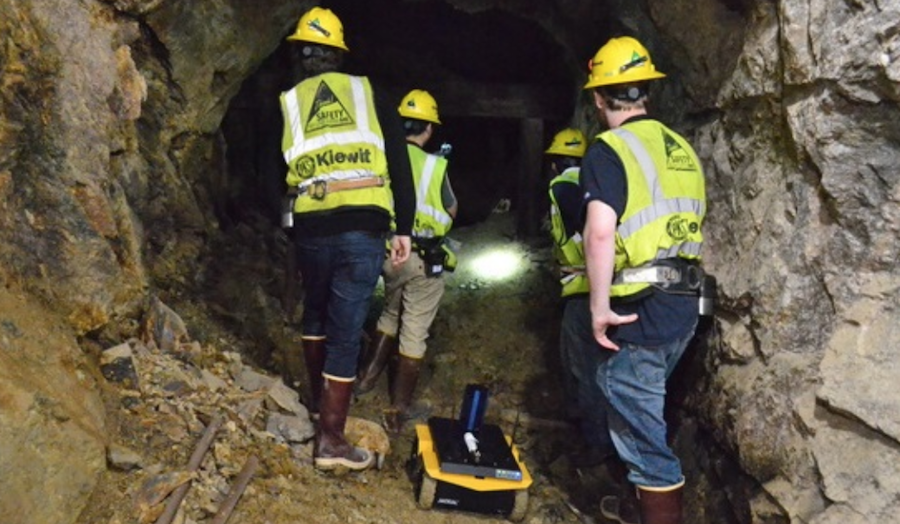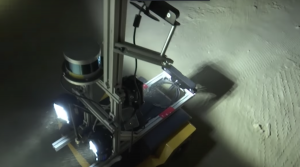
It looks like a hybrid between a golf cart and Wall.E. Its main function is to move through collapsing, rubble-strewn tunnels at mine sites to map them and analyze pollutants in groundwater.
It can do what humans cannot: penetrate thousands of feet into a mountain, creep through very narrow areas with poor air quality and gather data of poorly understood subterranean flows, many of which contain toxic heavy metals.
The tool is a battery-powered robot being developed by the Colorado School of Mines. The US Environmental Protection Agency is paying very close attention to the new technology.
According to the Associated Press, people working at the EPA’s recently created Gold King Superfund site are particularly interested because they see the robot as a way to prevent disasters like the 2015 Gold King Mine spill. Such leakage, accidentally caused by officials trying to slow the seepage of pollutants from the mine, ended up discharging 3 million gallons of water containing high concentrations of arsenic, mercury, and lead into a creek that feeds Colorado’s Animas River and its tributaries in New Mexico and Utah.

Screenshot from AP video.
If autonomous robots or machines with long-range radio signals are able to provide a clearer picture of the nooks and crannies of abandoned mines while analyzing pollutants in the water, unintended spills would be easier to prevent. Interviewed by AP, Hao Zhang, the professor leading the project at the Colorado School of Mines, said the investigation process would also be cheaper, faster and safer.
The implementation of these tools won’t be immediate, though. Zhang told the news agency that a commercial robot modified to explore abandoned mines would take three to four years to develop at a cost of $90,000.
The EPA is also looking at the possibility of drilling into mines from the surface and lower instruments into the boreholes, measuring the depth, pressure and direction of underground water currents. Once such research is done, the agency would consider using techniques such as lime neutralization or the introduction of microbes to cleanse the wastewater.
2 Comments
Chris Pritchard
Good luck, past experience with robots in the mine environment has not been good: mud, rocks, roof falls, hanging cables both block nimble people and vehicles plus block communication. Drones may have some limited potential. Can you see the skateboard robot above making it over a rock the size of a baseball or three inches of mud?
wags1
I hope they’re not replying on the robot in the picture to get much done. Where should I start; it appears to have a ground clearance of maybe one inch, bald little tires……, and it’s lagging behind the humans. Not impressed.